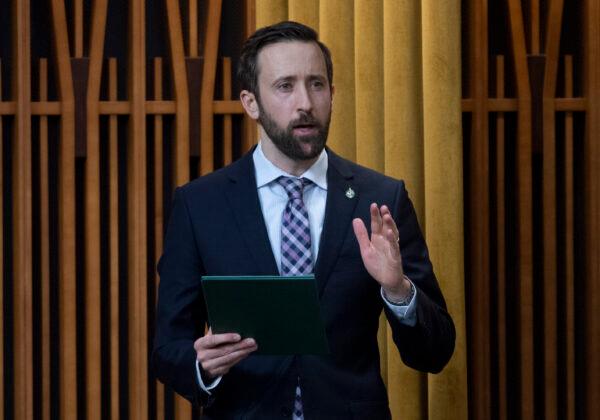The coming transition from the Canada Emergency Response Benefit to Employment Insurance raises the issue of the lack of adequate eligibility criteria for receiving the benefit, which could result in billions going to young Canadians of questionable need, says the co-author of a recent CERB-related study.
“CERB is basically unwinding and being transitioned over to EI. It will be interesting to see what revisions are based to EI eligibility criteria in the transition,” Jason Clemens, executive vice-president of the Fraser Institute, said in an interview.





